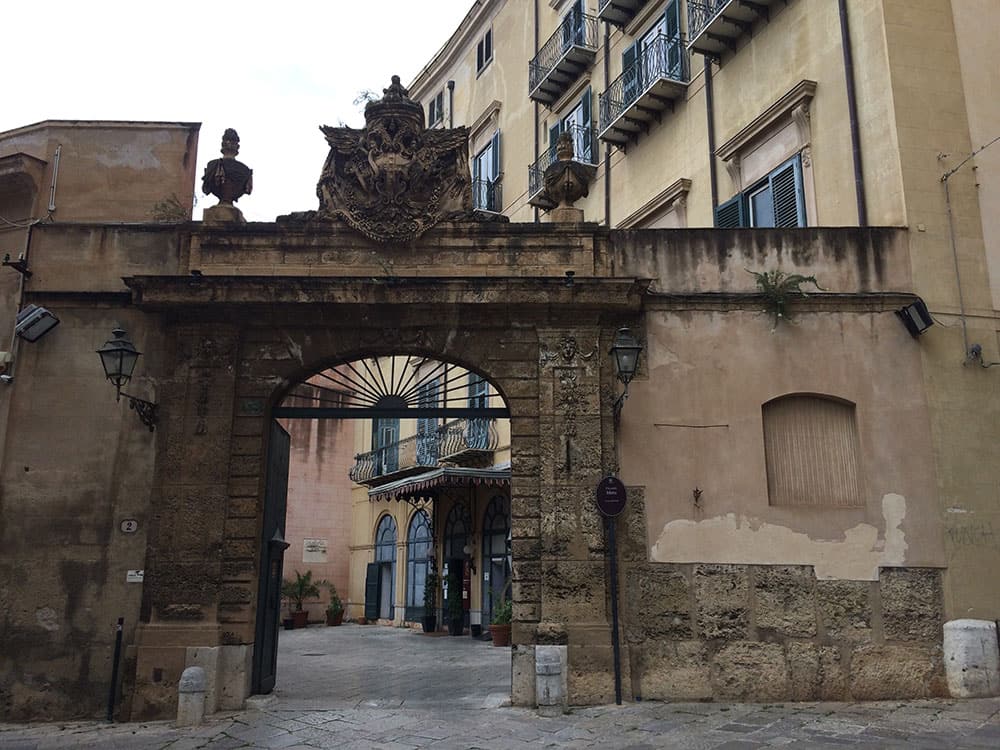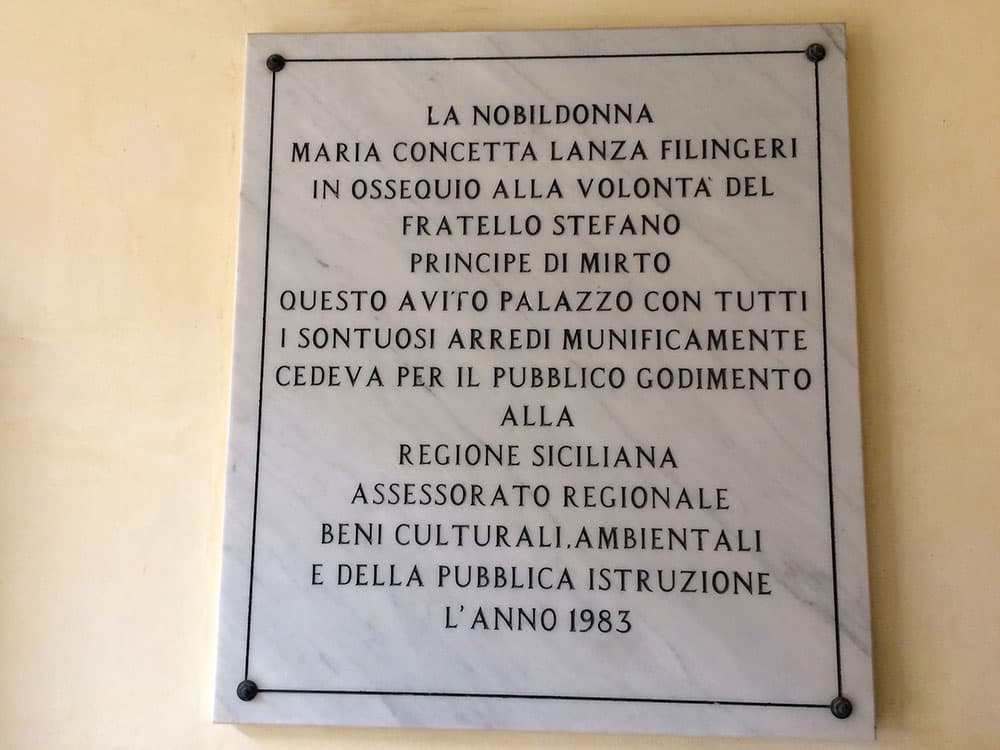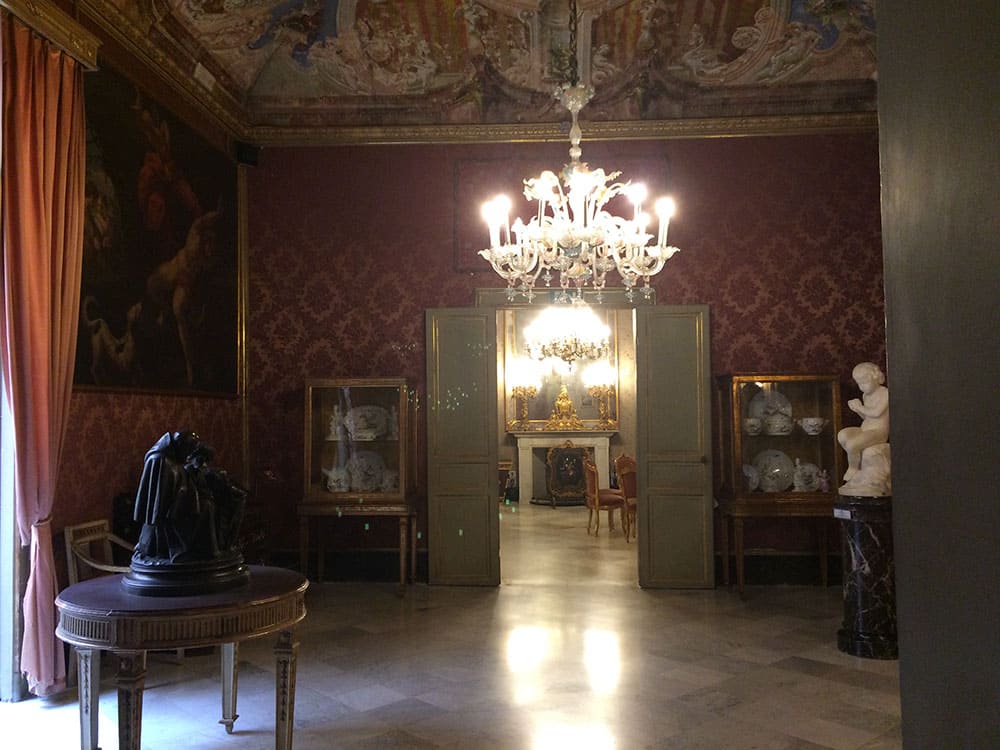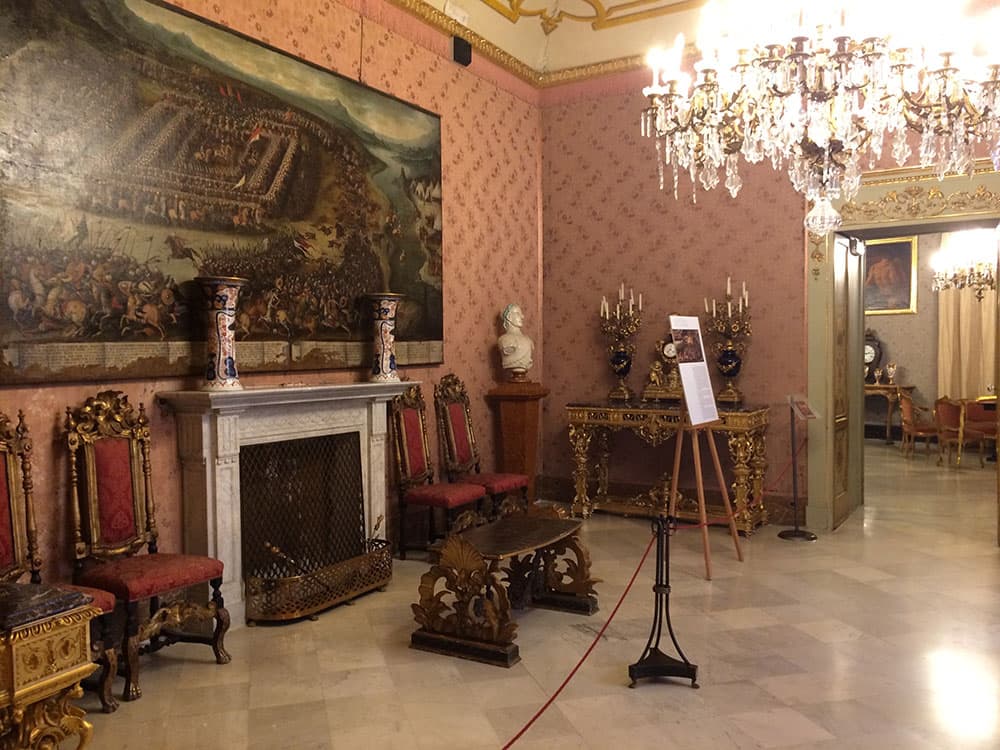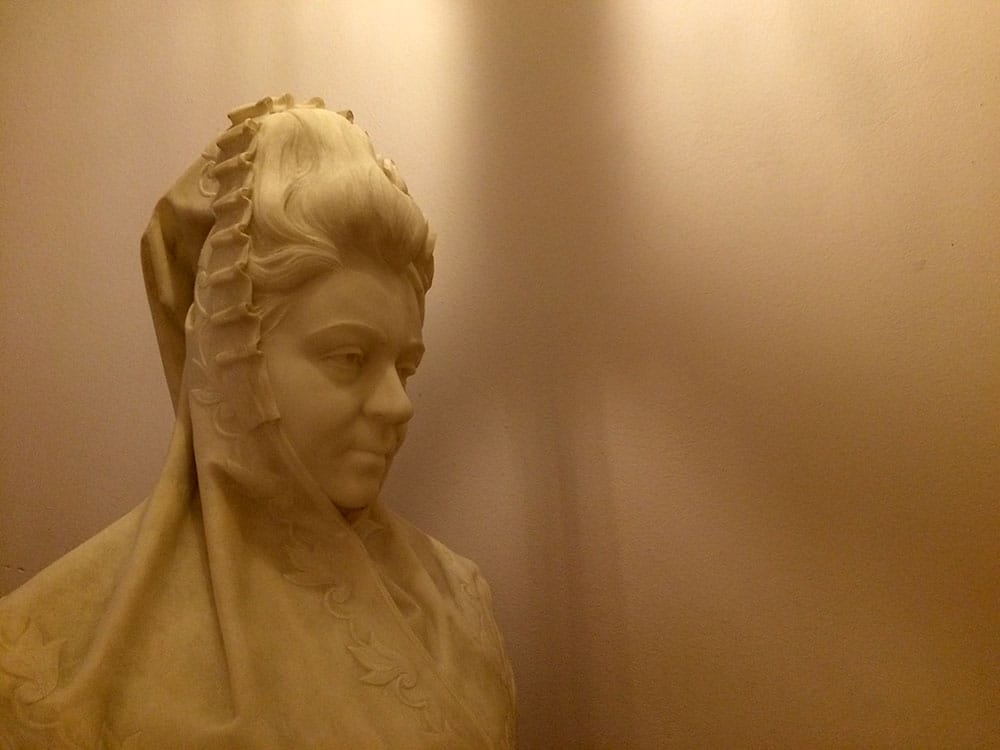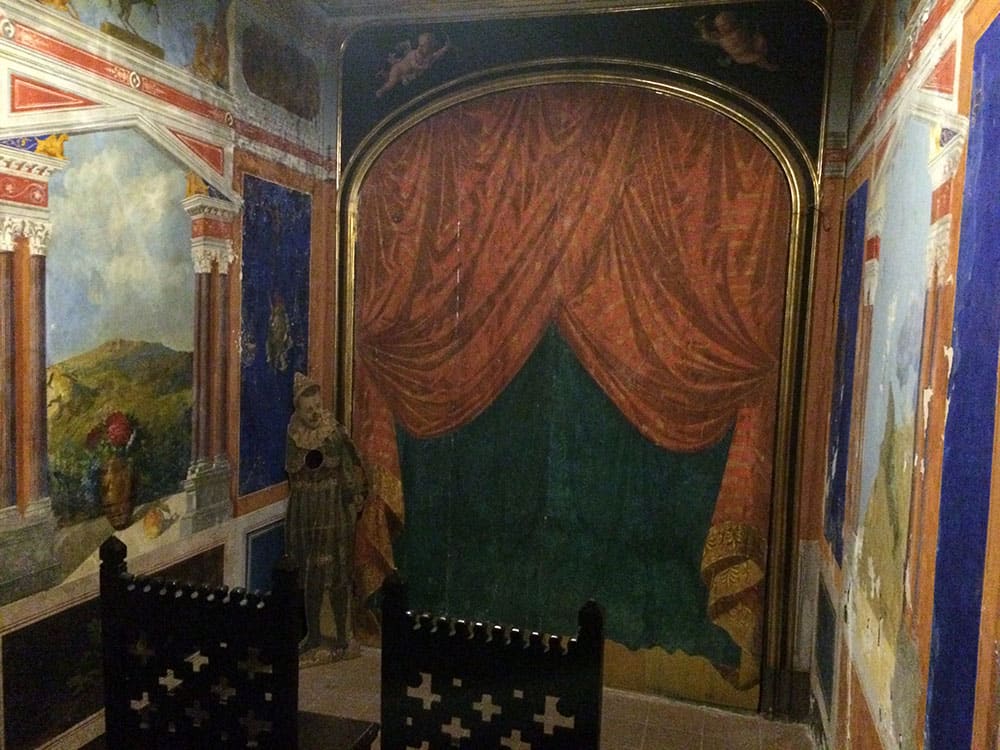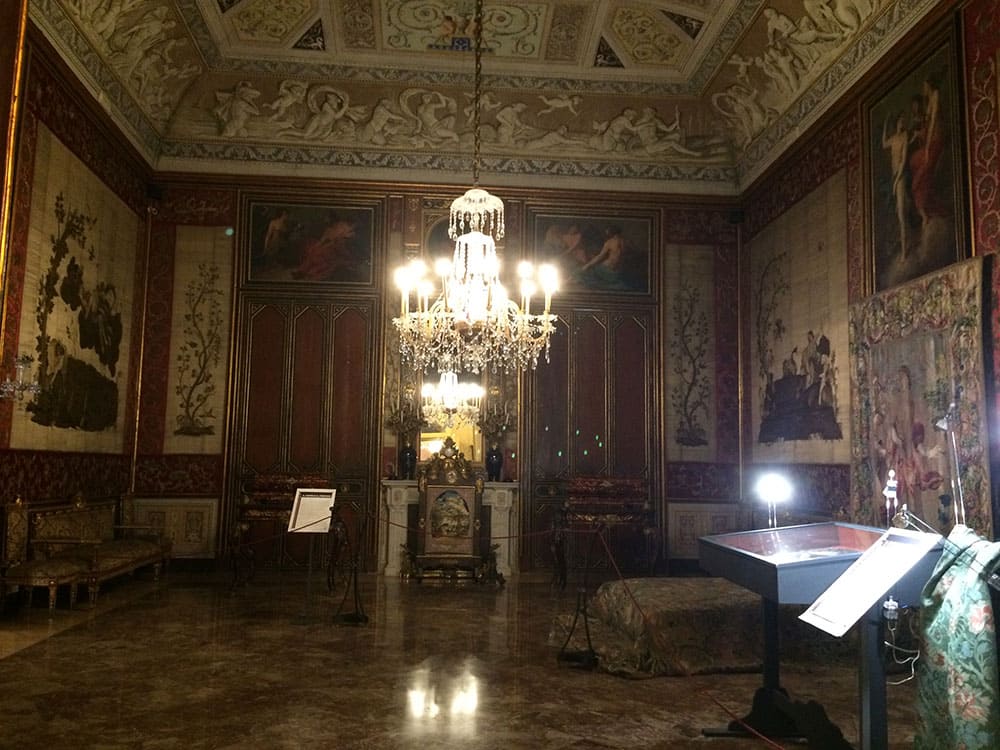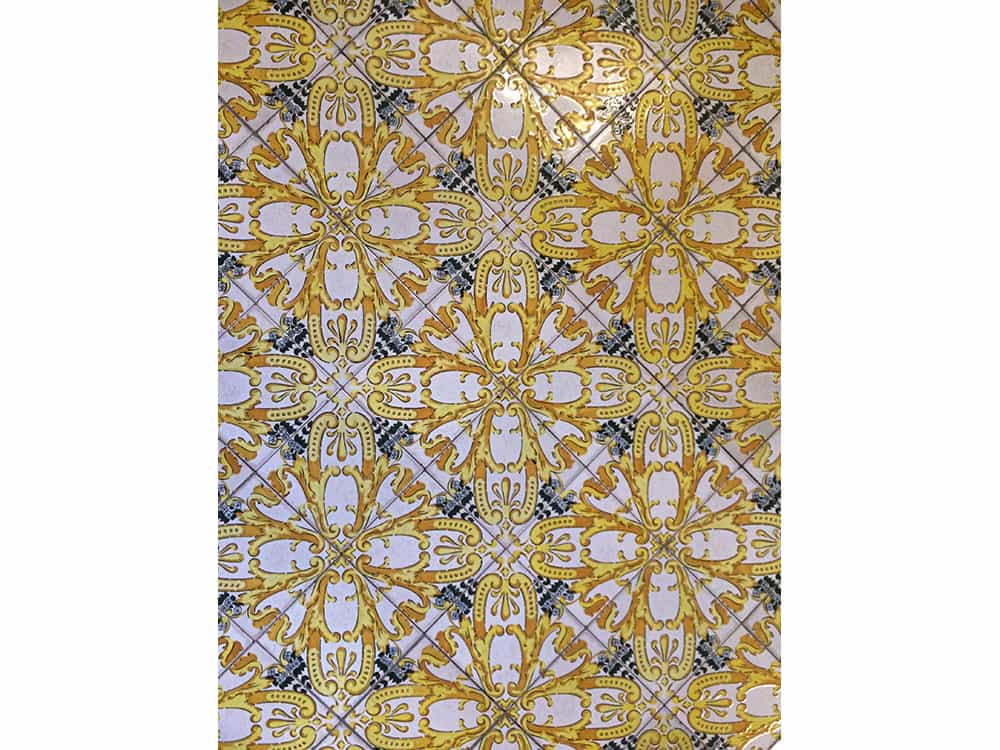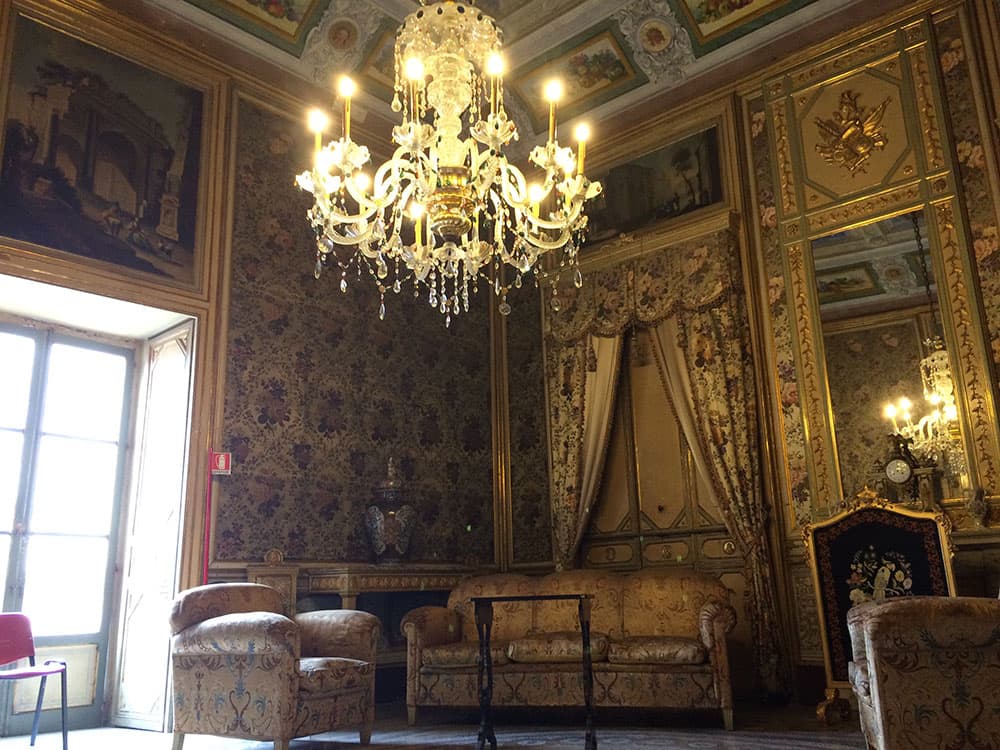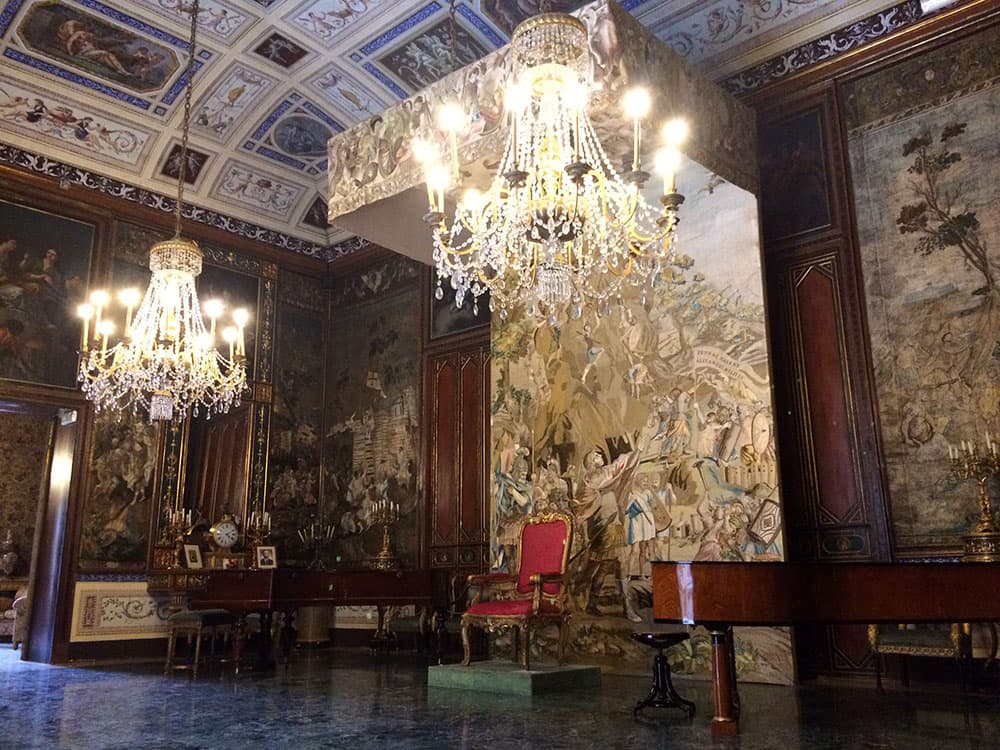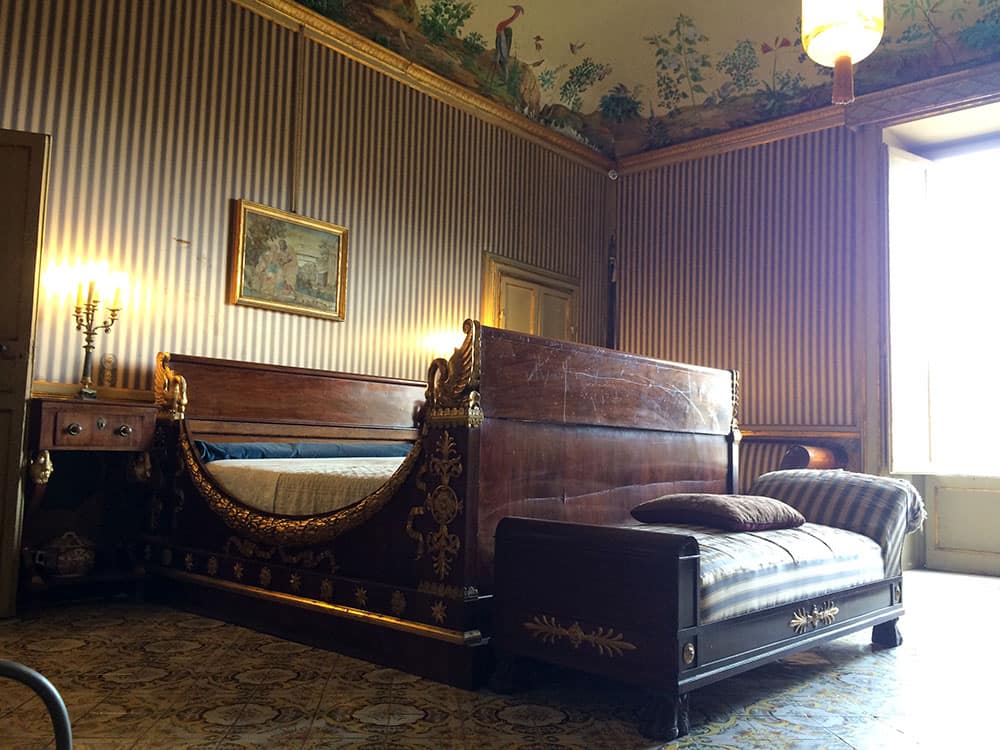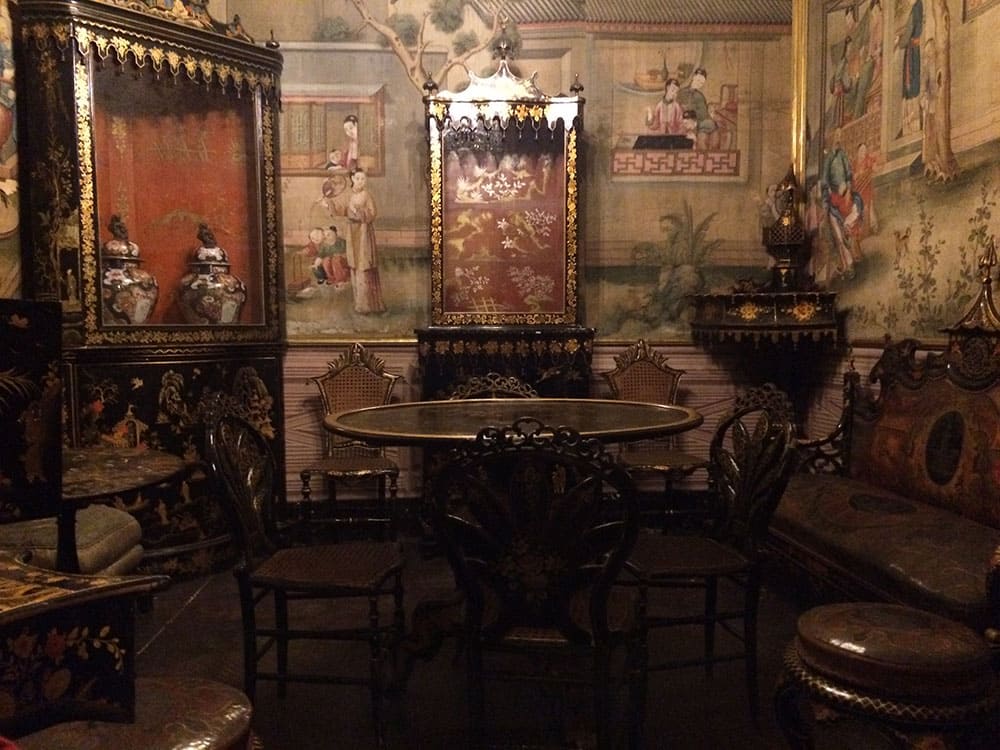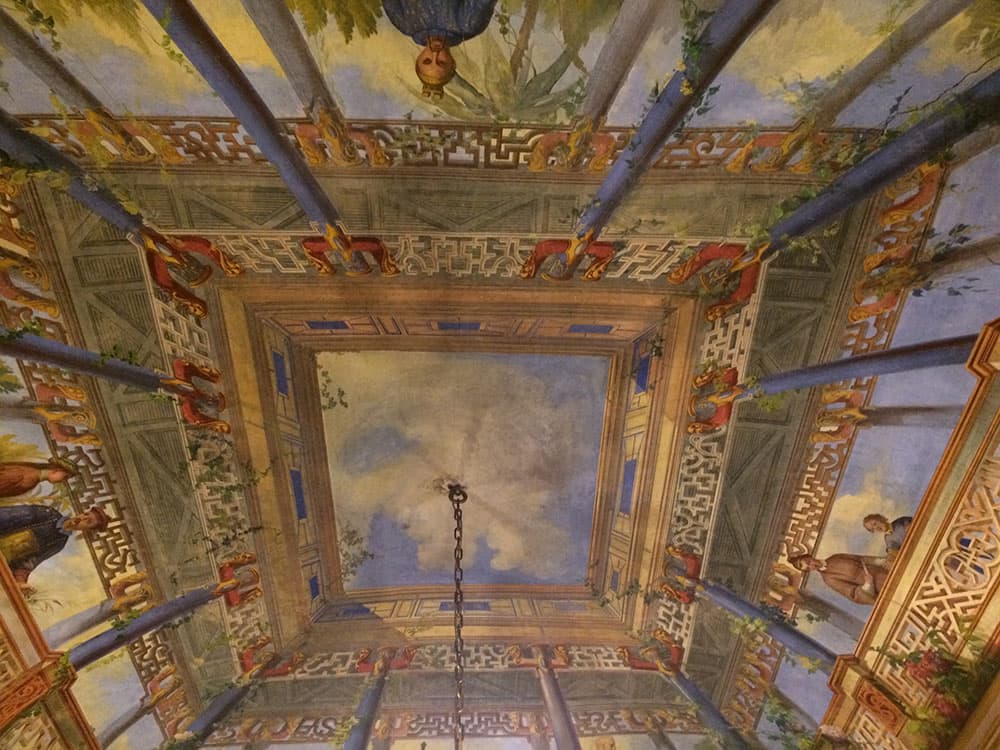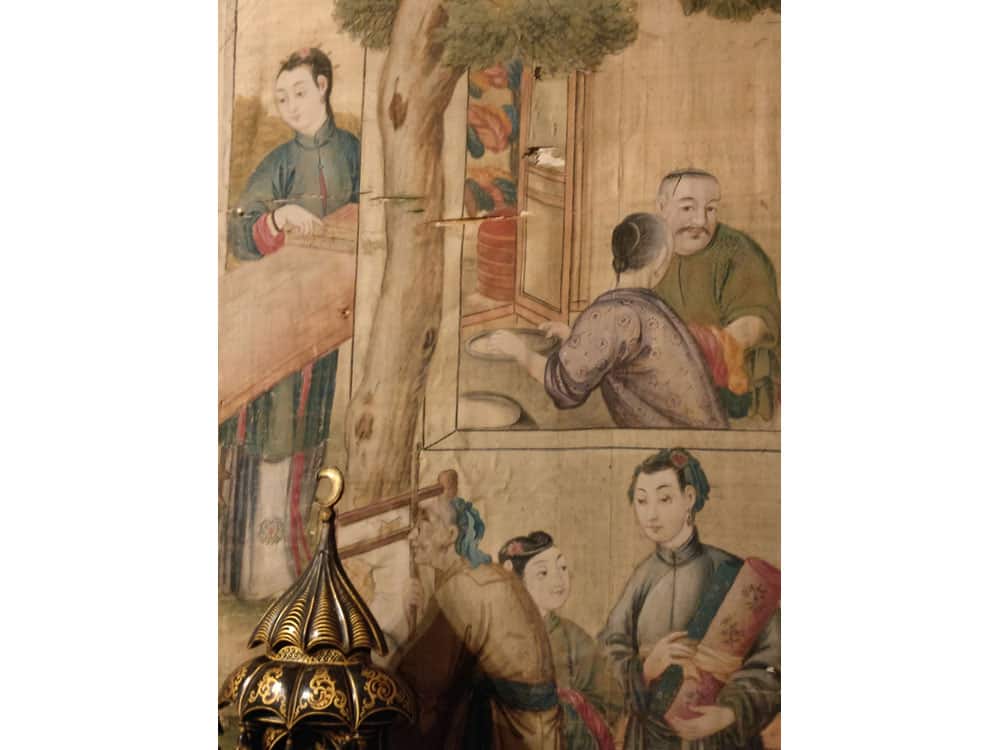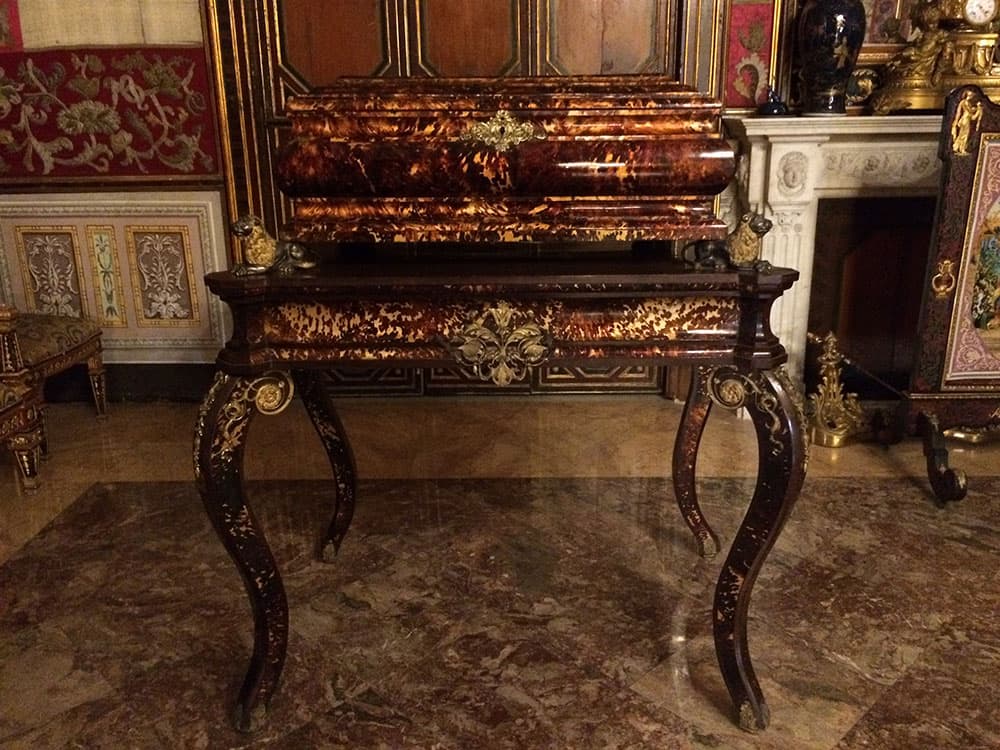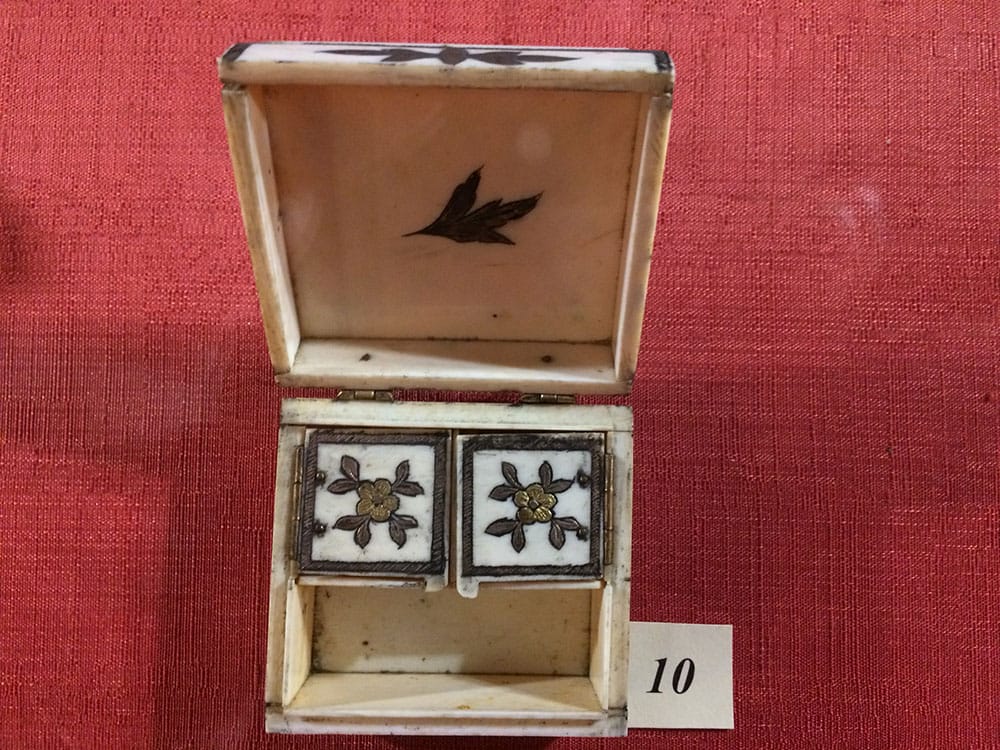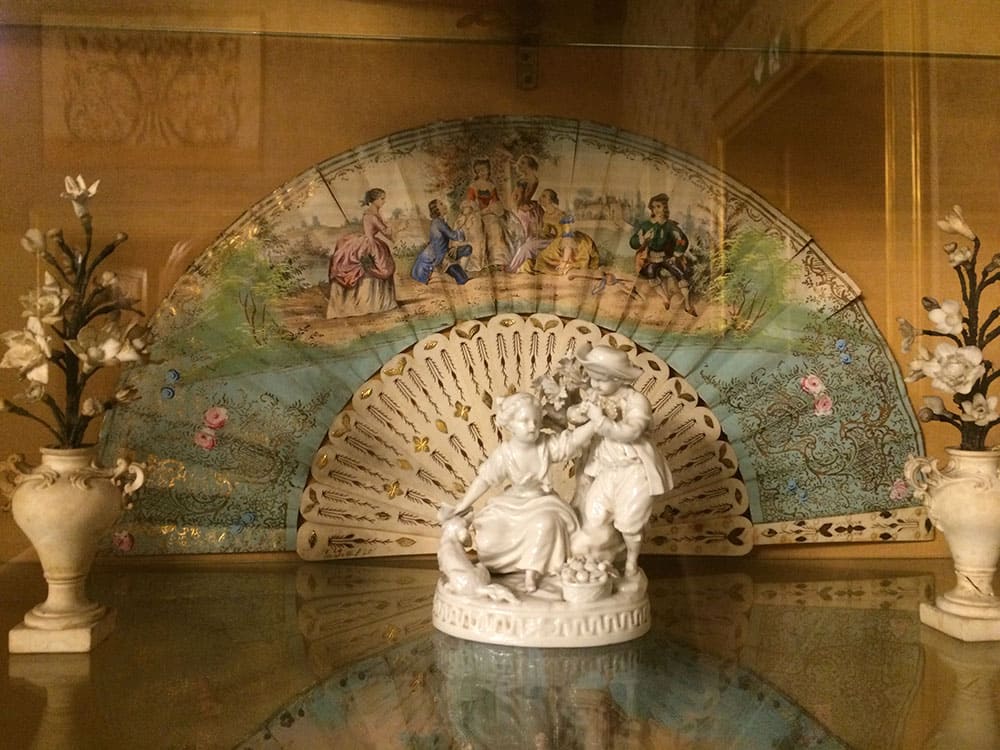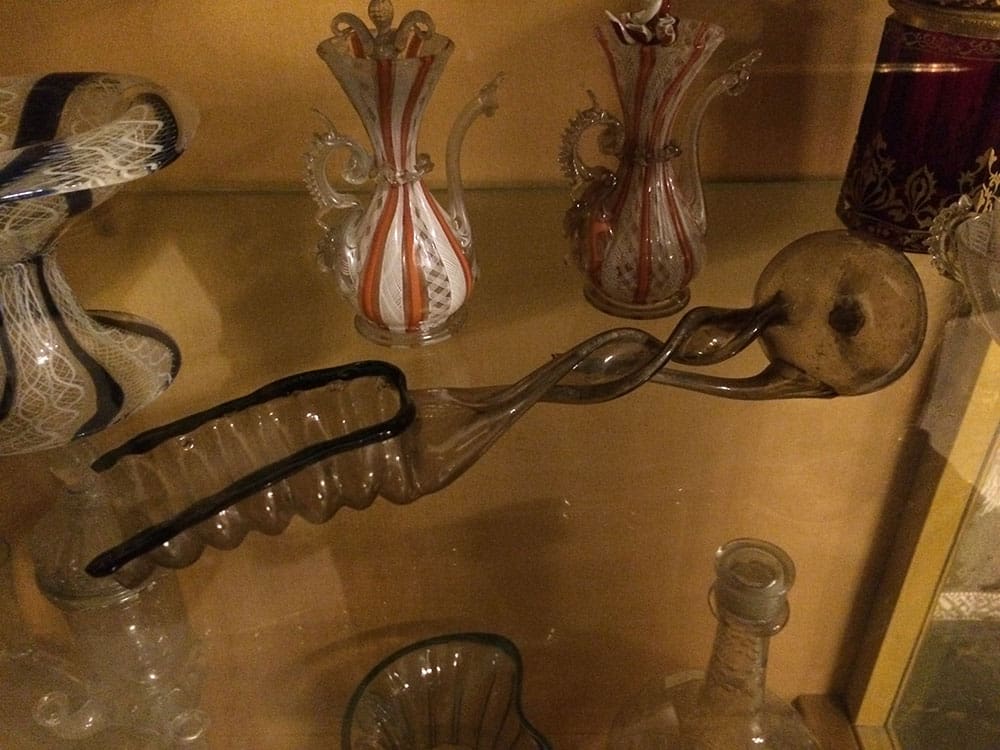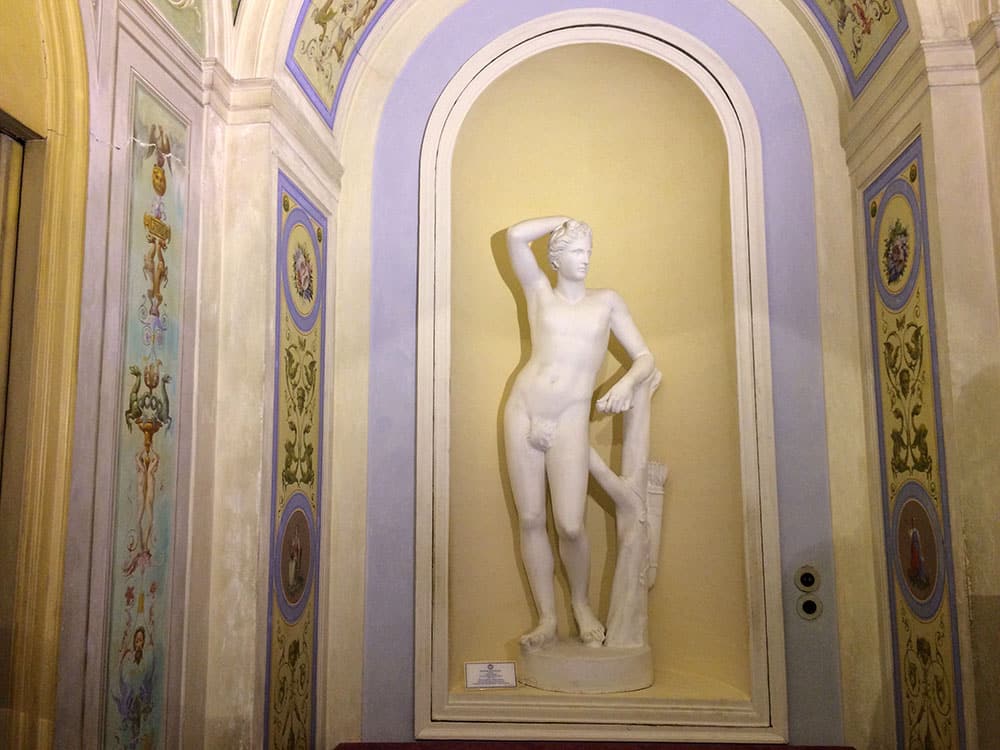When visiting a city it is a good rule, to gain a deeper and more accurate idea, leave the beaten track and following one’s instinct, to go and browse in places that are considered of secondary importance. As far as we know in a city like Palermo, there is no angle that is not worth the effort to be explored.
Among the things that can not be left out, we must mention Palazzo Mirto, a museum mansion that the last owner, Prince Stefano Lanza Filangeri, left after the death of his sister Donna Maria Concetta Lanza Filangeri, to the Region of Sicily, with the clause that it was to be kept in its integrity and open to public enjoyment.
The palace is located in the ancient Arabic quarter of Kalsa, a place chosen by noblemen for residences since the Middle Ages and that was still fully blooming in the Baroque age. It dates back to 1600 even though in the course of the centuries it has been deeply transformed according to the new inhabitant’s needs.
The Filangieri family was one of the most famous families of the island’s aristocracy who boasted Norman descendency. Already at the end of the fourteenth century, they were among the ten most powerful families of the Kingdom of Sicily.
This great mansion was inhabited by the descendants of the owners until 1982, when in fact the Sicily Region used it as a museum as required by the owner, perfectly preserved in every detail.
Of course, Italy is packed with old noble houses that have been donated and transformed into museums but quite rarely you have the opportunity to enter a palazzo where time seems to have stopped and every piece of furniture, every object, every single decoration is actually part of the patrimony of those who lived there.
The Palazzo Mirto is therefore almost a voyeuristic experience and if you happen to visit it when not crowded with other tourists, you will go through the halls almost feeling as you were one of the Prince’s guest.
The interior is a perfect example of the residences of the Palermo Aristocracy; there are Murano chandeliers, Chinese lacquered panels, clocks, porcelain, paintings, tapestries, musical instruments and a number of interesting objects displayed in glass cases.
Four of them caught my attention in particular but while I was trying to figure out what function they had, I started a conversation with a man standing beside me thinking it was my husband Nazim. On the contrary, the guy (who had approximately the same size and the same jacket) turned out to be a volunteer guide and he was super happy to unravel my doubts.
He explained to me that the two big turtle boxes standing on wooden carved stools were used for carrying valuable items and important documents due to the fact that turtle shell is fireproof and this material could guarantee safety during long and dangerous transports (I would have never guessed this one).
Right beside them in a glass case, I saw a very cute ivory box with two small compartments inside, one of those elegant antique objects you would just like to have, no matter how mysterious their purpose was.
My pseudo husband told me it was a fake mole container very handy for aristocratic women who, following the French fashion dictatorship, were using them to seduce their lovers all through the 18th century. Along with the fans (which Palazzo Mirto houses a beautiful collection), they were used to send coded messages to their lovers: every position on the face had a specific meaning.
As far as the fans are concerned, there were up to 32 positions that corresponded to an equal number of meanings for those ladies who wanted to send encrypted messages without wasting too many words and maintaining a decent privacy level.
Here are some basic codes:
– Carried in the right hand hiding the face: FOLLOW ME
– Fan yourself slowly: I AM MARRIED
– Caressing your chick with the fan: I LOVE YOU
– Fully opened but covering the mouth: I AM SINGLE
– Letting it slide on the forehead = YOU HAVE CHANGED
– Moving it with the left hand = THEY ARE WATCHING US
My last question revolved around a sort of strange long glass scoop: my personal guide explained to me that it was for collecting tears: during high society members funerals, women were hired to cry out loud, they were so called “Prefiche”. This was a southern custom derived from ancient Greece. Their effective effort was evaluated based on the amount of lacrimal fluid collected in the exposed cups. The more liquid collected, the more monetary compensation gained.
My guides efforts were not confined to the object collection room and my attention and desire to discover the secrets of Palazzo Mirto persuaded him to continue the visit despite the fact that his work shift was over.
He first took us to the Chinese lounge a small sitting room, with walls covered with painted silk and furnished with black lacquered furniture strictly made in Sicily, following the fashion of the Oriental atmospheres spread throughout Europe in the 18th and 19th centuries. In fact, lacquered wood, along with the colors black, red and gold show the relationship between Chinese style and some Western styles from Neo-Gothic to Neo-Baroque.
The second small gem that he wanted to show was the fumoir (smoking room), another tiny sitting room coated with Cordova leather to absorb the smell of smoke and especially opium which at the time was used without too much guilt.
The best surprise though was the Diana room and its hidden corners. Supposedly the Prince was quite a “tomber de femmes” (latin lover) and he used to take his conquers right there, under the life-size Apollo statue, included into a revolving niche that hid a secret passage that was used to escape from suspicious husbands.
If this was not enough what appeared as a painted ceiling was, in fact, a double layer opening in the central rosette so that he could overhear the conversations of unreliable guests while waiting to be received.
Since the Palazzo didn’t have a proper garden, a terrace was built on the second floor (the noble floor) in the typical shape of the medieval cloister, an enclosed garden, mostly tied to monasteries and convents tradition.
The terrace, corresponding to the palace most representative room, the Canopy room, where the Prince received and gave hearings, has a “rocaille fountain” built at the end of 1700, completely covered with shells and small mirrors that in certain times of the day created suggestive light games.
Above the fountain is a jubilation of putti, neo-Renaissance vases, and baroque garlands; on top is the bust of Bernardino Filangeri to reign impressive above all that goodness of God.
On both sides of the fountain, two fake aviaries, the one on the right hides a secret passage that gives access directly to the entrance to escape for those who did not want to be seen.
Escape tunnels, hidden rooms and overhearing facilities have always fascinated me; maybe in another life, I was a noble traitor or a fearsome courtesan, devoted to intrigues and malicious manipulations, but now I only seem to experience a distant curiosity for them….. but, that fumoir !!!!!
Betti
[socialWarfare]

